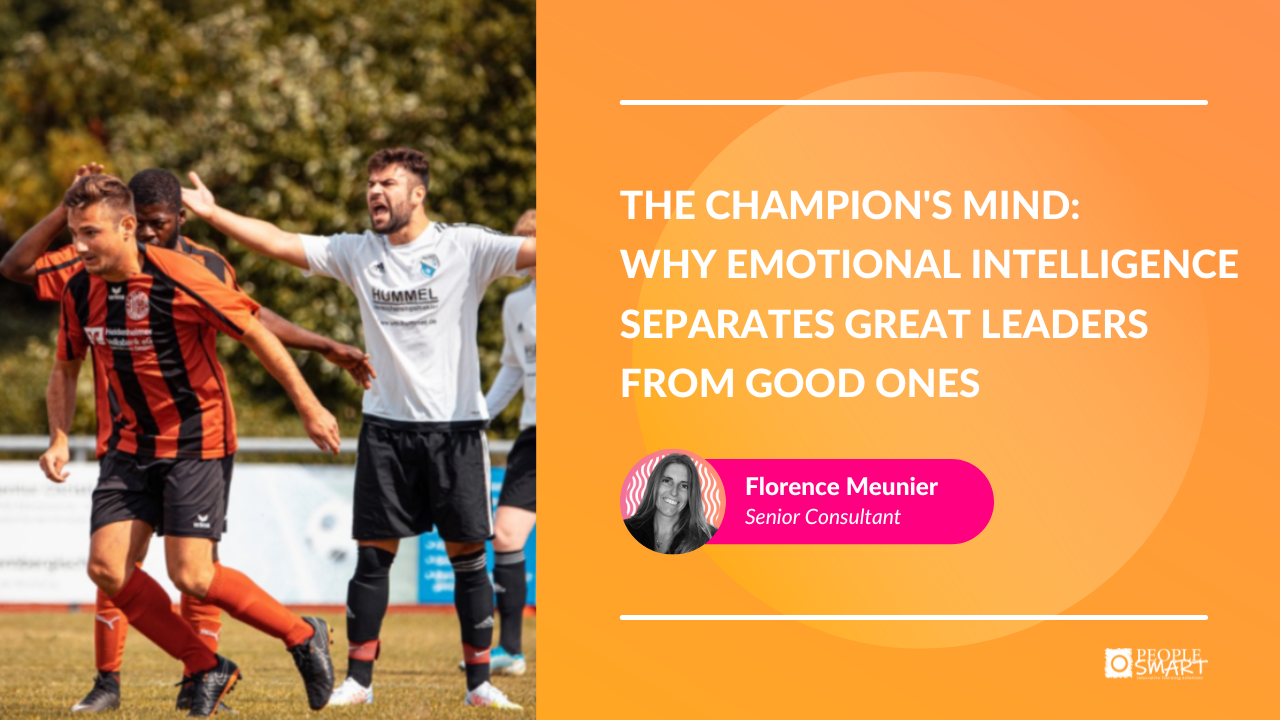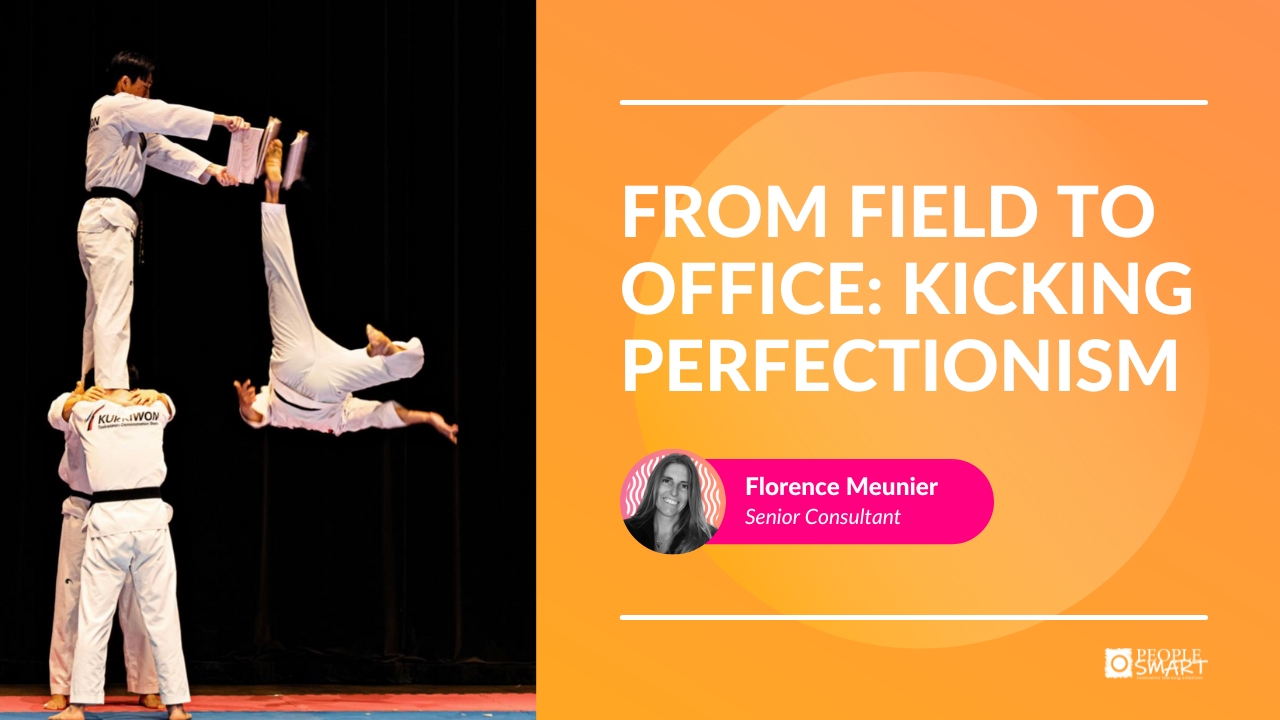What do you think or feel when you hear the word “conflict”? This is a typical question we ask at the beginning of many of our programs on Conflict Resolution. If you are like most people, you will probably experience some level of discomfort. The fact is that conflict can involve uncomfortable emotions and threaten relationships.
The topic of Conflict Resolution has been profusely explored in the context of Organizational Development. Book shops and libraries are full of excellent volumes on how to manage conflict effectively. If we followed their advice, we would be in a much better place. In many ways, effective conflict resolution is very simple. The techniques to reach collaborative conflict-solving are straightforward, but most of us fail to apply them successfully. As a result, individuals and organizations, families, communities, and countries suffer the consequences of poorly managed conflicts.

Then… How do we resolve conflicts?
Ever felt like solving a conflict this way?
Before we can manage a conflict, we need to examine our own definition of conflict, our beliefs about conflict, and our behaviour during a conflict situation.
The classic Thomas-Kilmann model for Conflict Resolution -which proudly stands the test of time- presents several ways that we can use to respond to conflict, each of which reflects a different attitude toward ourselves, the other party, and the conflict at hand.
Each response focuses our attention either subjectively on the people with whom we are in dispute or objectively on achieving a goal or result. As a consequence, when we are in conflict, we are likely to adopt one of the following five responses or styles: Avoiding, Accommodating, Competing, Collaborating, and Compromising.
But this article is not about the Thomas-Kilmann model, which you all may be well familiar with. Today, we would like to illustrate these different approaches to conflict resolution through the lens of some Hollywood classics.
So sit down, grab your popcorn and a glass of your favourite drink and enjoy…
Indiana Jones – Raiders of Lost Ark
A perfect example of when to use the competitive style.

The famous “sword vs gun” scene at the market is among the top 10 favourite moments of any Indiana Jones’ fan. Indiana/Harrison is outnumbered in a fight that takes place in a market. His girlfriend has been kidnapped by the “villains”, and he needs to move fast. In the middle of this fight, Indi finds himself suddenly facing a menacing opponent waving a huge sword…
According to Thomas-Kilmann, the competing style is particularly indicated in situations when quick, decisive action is vital — for example, in an emergency, or when you need to protect yourself from people who take advantage of non-competitive behaviour. Well… enough said!
For those of you who may not have seen the movie -is there anyone, really, on this planet who has not seen this movie?-, we will not do a spoiler.
Twelve angry men
In this Hollywood classic, eleven jury members are convinced that the 18-year old defendant is guilty of murder, and only one juror, the role played by Henry Fonda, believes that there is a reasonable doubt, that there should be some discussion before a verdict is made. This is the trigger factor for a conflict that increases in intensity as the personalities of the men emerge.
Thomas-Kilmann recommends the use of the avoiding style in situations when we need time to let people cool down, or when gathering more information outweighs the advantages of an immediate decision. In a persuasive and persistent manner, this is what Henry Fonda masterfully manages to achieve.
If you have not seen this classic, go look for it immediately!

Casablanca, a classic among the classics
One of the reasons for accommodating or giving in to conflict is when the issue is much more important to others than it is to you. This and only this is the reason why Ilsa/Ingrid, in the famous end of Casablanca, leaves the love of her life, Rick/Humphrey, to follow her husband Victor Laszlo and support his cause in WWII.
No matter how many times you’ve seen the movie, you still hope that at the last minute Ilsa will change her mind and stay with Rick in Casablanca.
And if you have not seen Casablanca… What can we say… You’ll always have Paris!

The Godfather
Or when collaborating and/or compromising is the only possible way to resolve a conflict and achieve your objectives.
This famous film series presents the story of the Godfather “Don” Vito Corleone (Marlon Brando) -head of the Corleone mafia family in New York, and a major figure in American organized crime- and his youngest son and successor Michael Corleone (Al Pacino). But other powerful and rival mafia families also want to sell drugs and “get a piece of the cake”.

The constant treacherous fight among the families is causing not only a lot of bloodshed but also significant losses in benefits.
Perhaps one of the most famous scenes is the meeting of the five families, where a compromise is reached in yet another attempt to find a solution to the never-ending conflict.
And we will not reveal the plot… Let’s just say that this scene happens in Part 1, and there are two more movies…
This “Hollywood classics trivia tour” shows us how each conflict style can be useful for dealing with conflict in certain situations. There will be times when the most effective approach is to walk away or to surrender. There will also be times when there is no alternative other than aggression. However, it is clear that the best and most satisfying results are produced by responding with collaboration… Unless your opponent belongs to the mafia, of course, and then… You may want to write the script for The Godfather 4.






